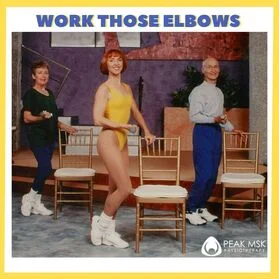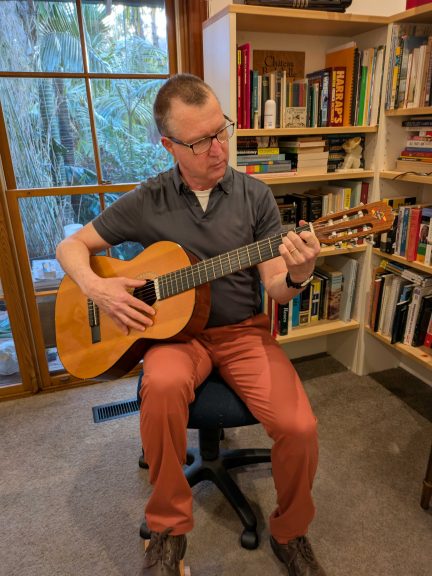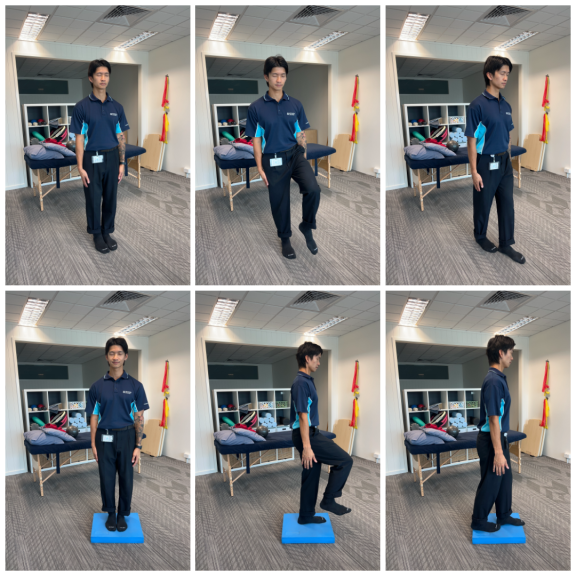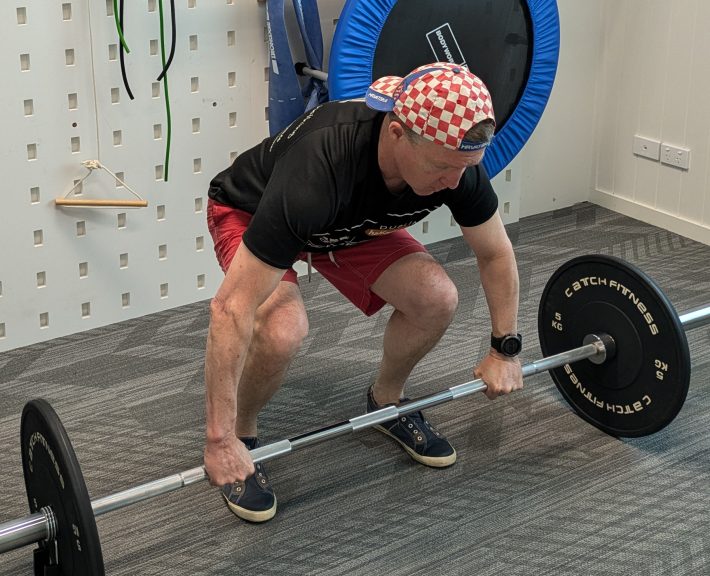
Tennis elbow effects more than just your game.
It usually pops up on the dominant side elbow in people who don’t enjoy the game too! 1-3% of us get it, usually in the 35-54 year youth bracket, yes I said youth. It can be pretty disabling, affecting sports people, manual workers, musicians.
This lateral elbow pain is different conditions for different people. This means the pain can be due to:
- Tendonopathy, the tendon (the muscle bone attachment tissue) is unhealthy.
- The neck is a background driver to the problem
- The nerve system is ‘changes gear’ and works differently in response to movement and use.
- One of the elbow joints is inflamed, stiff or potentially not stable.
- There may be a combination of all of these factors.
Most likely the problem will settle over time and with controlled activities. That means exercising to a point to build resilience and load tolerance, but also reduce any sensitivity. What kind of treatment is useful for you will depend on how the pain is driven as outlined above.
Scientists suggest that exercise and hands on physiotherapy is the most effective course of action, above the use of injection and medications (1). In severe cases medication can be useful additional strategy of care.
In a 168 hour week where a physiotherapy consultation is for thirty to forty minutes we emphasise to our clients that exercise, modifying habits or routines is more important than the appointment. If the plan we issue is followed directly at home you can expect good outcomes.
What kinds of stuff will I have to do?
Exercise the part: this an include making the muscle contract without moving, tightening as it is being stretched or we teach you to slide the radial nerve as it passes the elbow to sooth and add load resilience.
Wear tape: to offload the soft tissues to allow them to recover and prevent the nerve system over-reacting, by giving it some downtime from being over stimulated. Don’t forget that the soft tissue re-positioning may also improve muscle function, a good reason to see tape as more than a crutch.
Mix it up: variety is the spice of recovery! Make it a movement mash-up. Change your grip, wrist position to lift carry and push. We will show you how. Pacing activities doesn’t mean do less, it can mean do as much but do it differently.
Ask: why we get you to do things, so you understand what is wrong and what your road-map is for recovery. Remember it can be frustrating to have but most often you can get the mojo back.
Tag someone you know we can help and get the information out there!
1. Coombes, B (2015). Journal Of Orthopaedic & Sports Physical Therapy, 45, 938-949.













